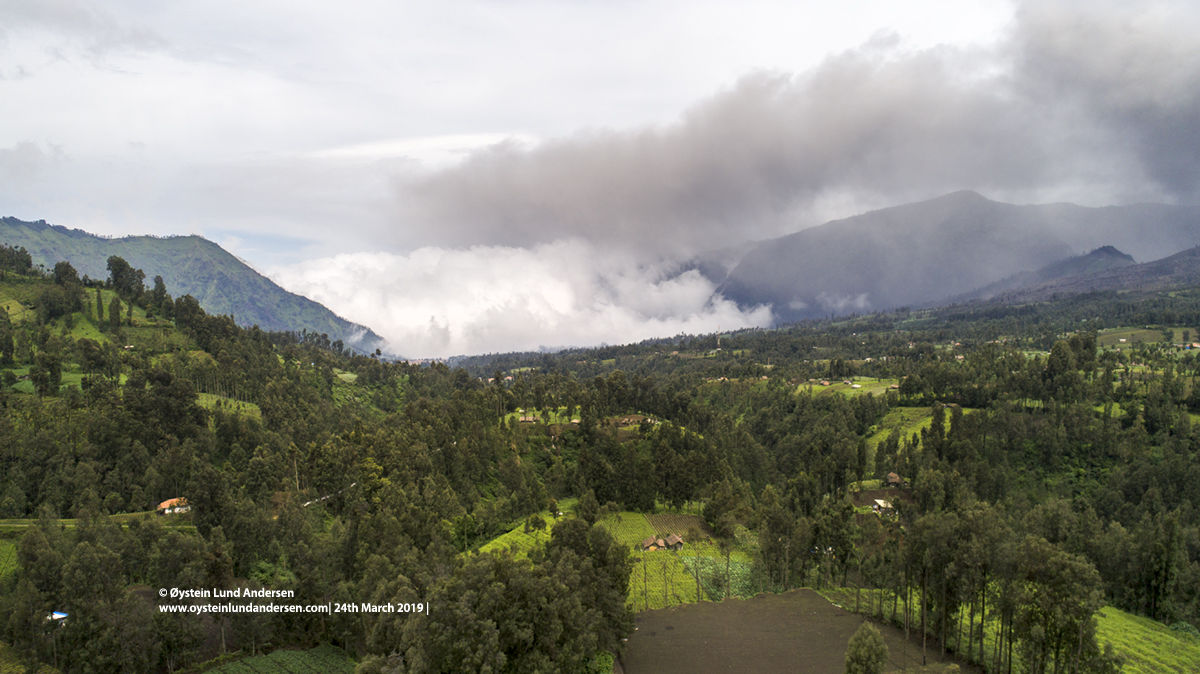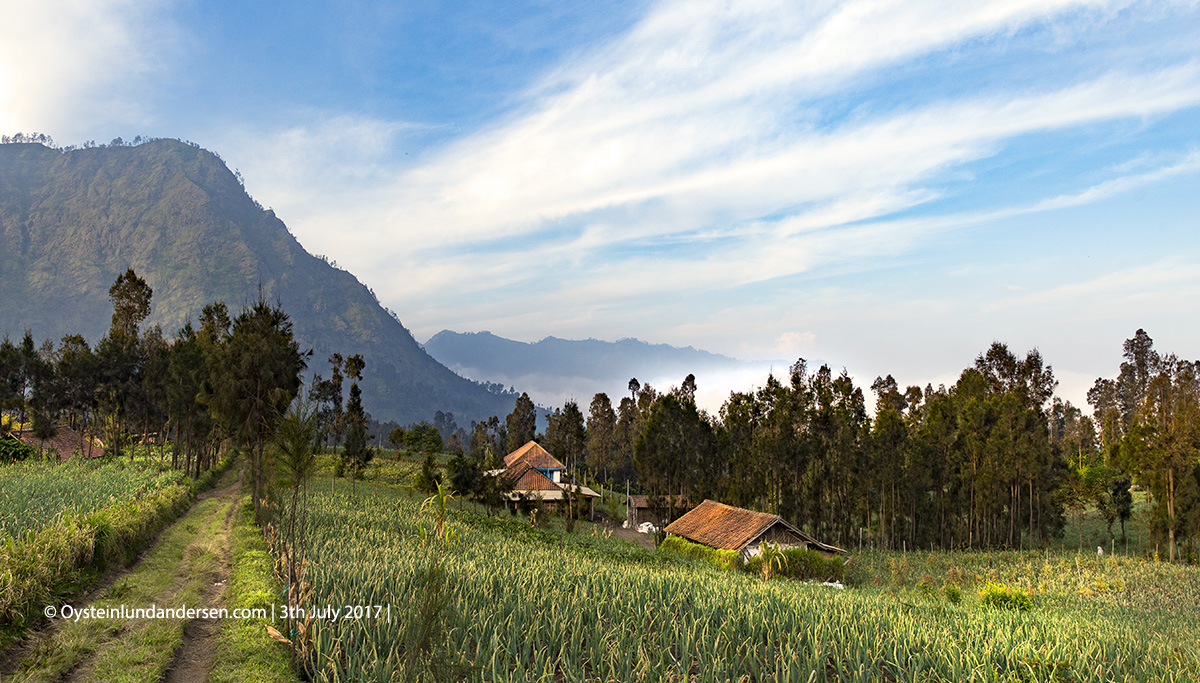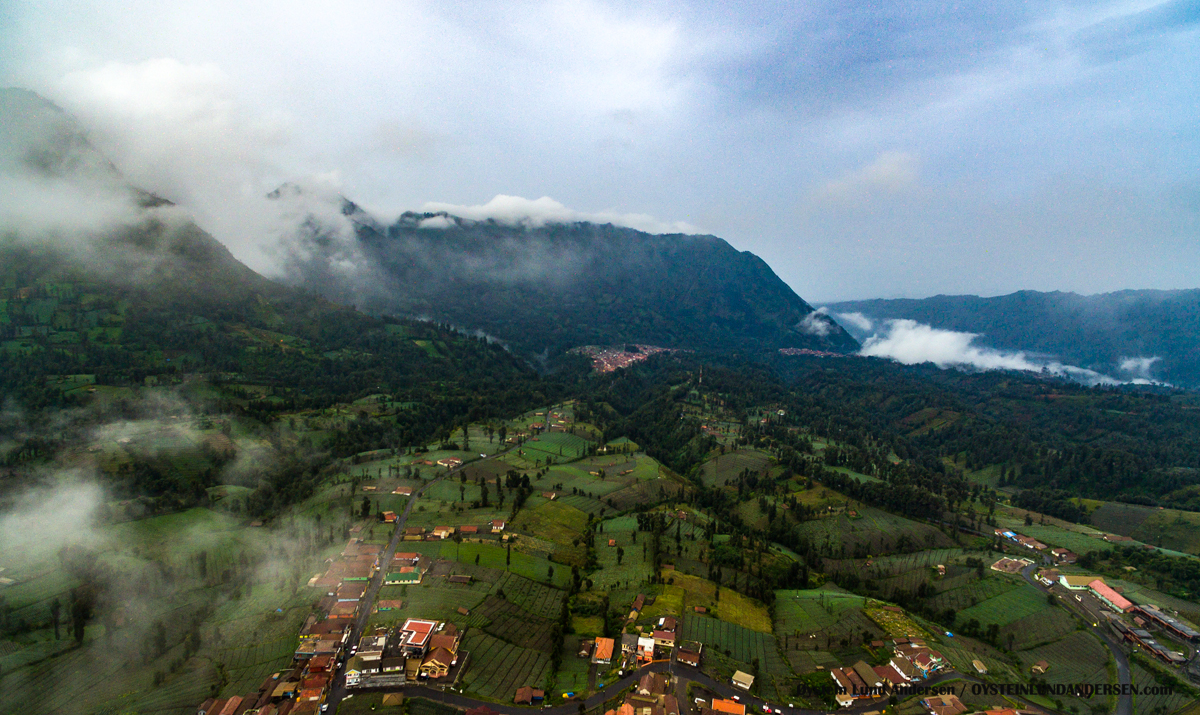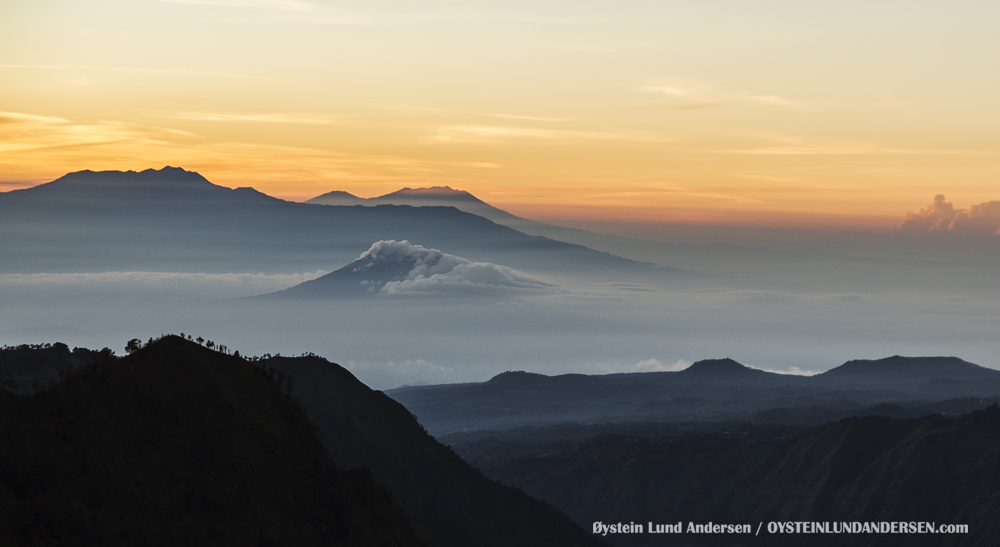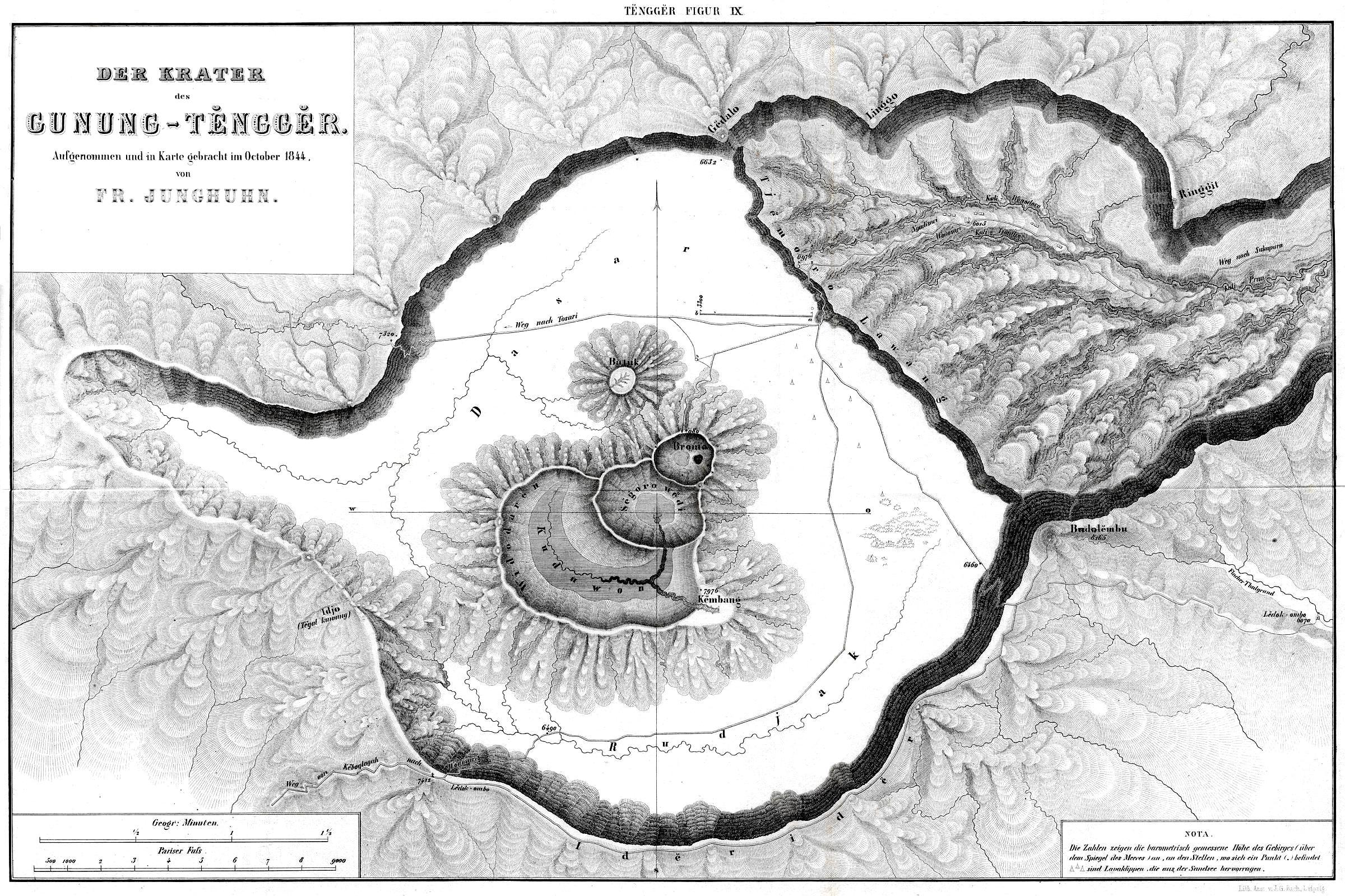
The 16-km-wide Tengger caldera is located at the northern end of a volcanic massif extending from Semeru volcano. The massive volcanic complex dates back to about 820,000 years ago and consists of five overlapping stratovolcanoes, each truncated by a caldera. Lava domes, pyroclastic cones, and a maar occupy the flanks of the massif. The Ngadisari caldera at the NE end of the complex formed about 150,000 years ago and is now drained through the Sapikerep valley. The most recent of the calderas is the 9 x 10 km wide Sandsea caldera at the SW end of the complex, which formed incrementally during the late Pleistocene and early Holocene.
The Tengger Caldera is also known as the Sandsea Caldera. It is likely named Seasand (Sea of Sand) Caldera, because the caldera holds vast areas of sand. The caldera contains an overlapping cluster of post-caldera cones was constructed on the floor of the caldera within the past several thousand years. .
Read more about the Tengger/Sandsea caldera and its cones at the Global Volcanism Program
The cones of the Tengger/Sandsea caldera:
Click blue links to open pages
Bromo (Many pages, choose page in overview)
Note: Only Bromo is currently active and is one of Java’s most active and most frequently visited volcanoes.
____________________
Photos and Videos published are available for purchase. If you want to purchase photos or videos, please see this page
____________________
Tengger/Sandsea Caldera
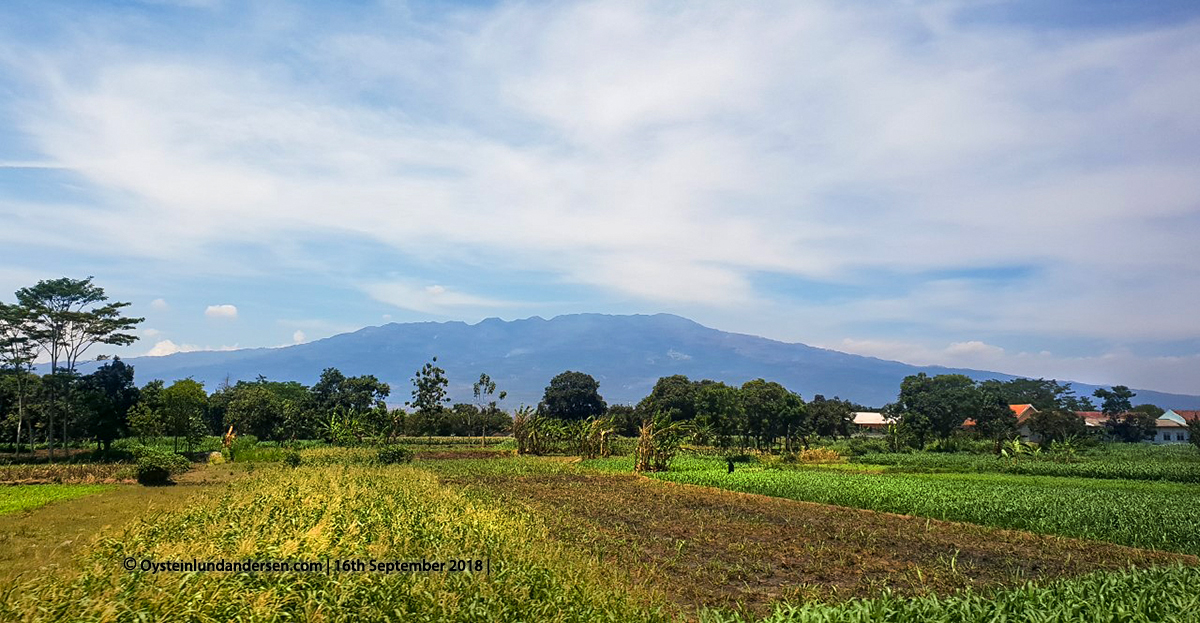
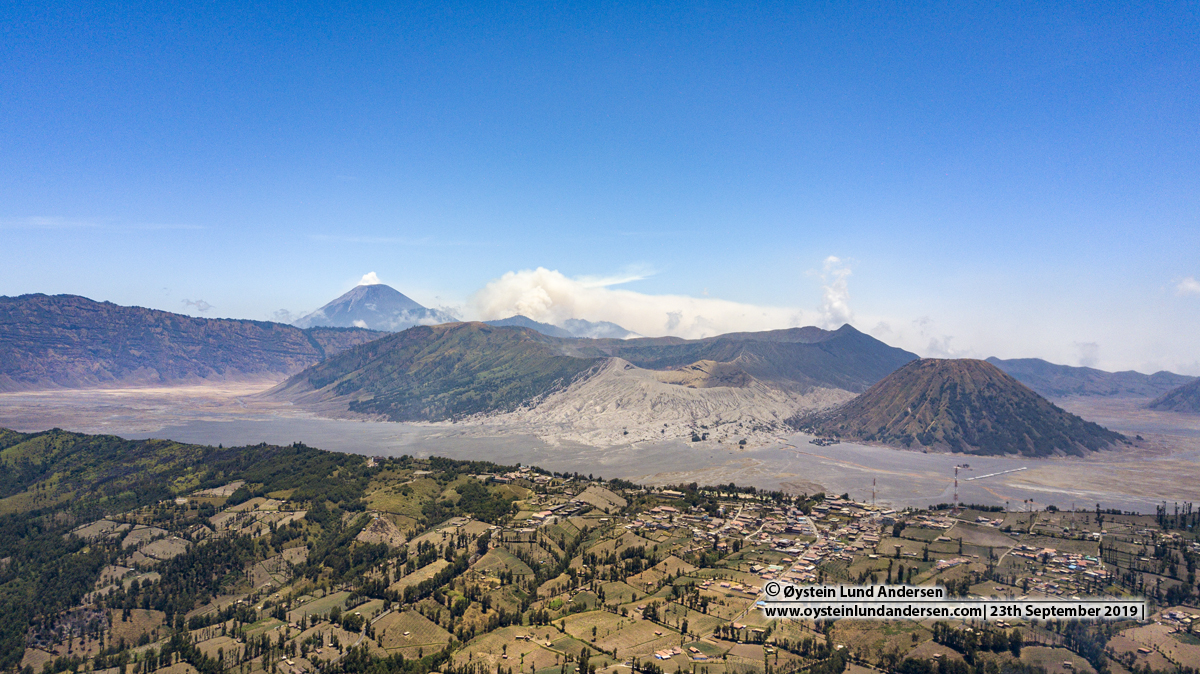




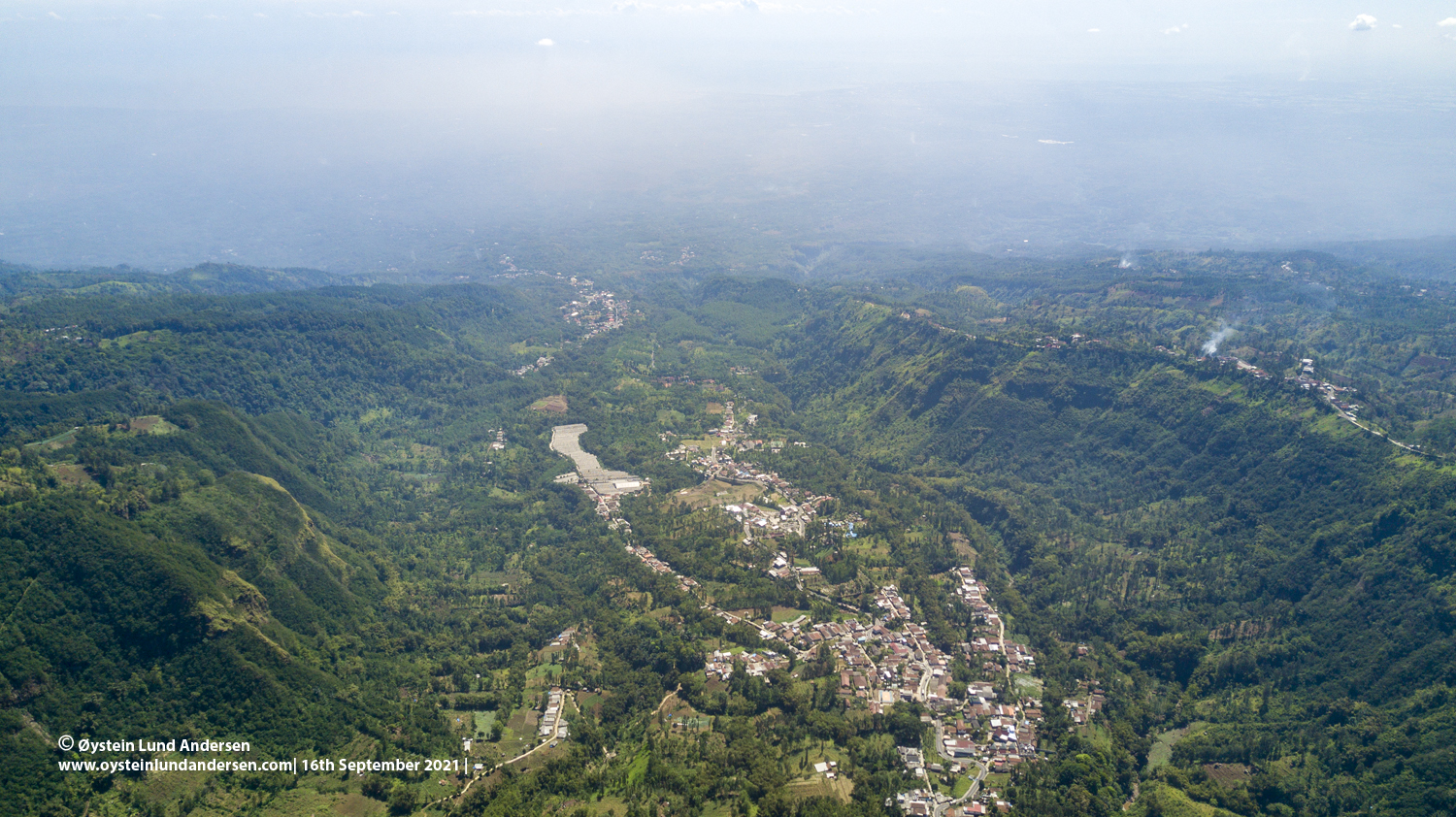


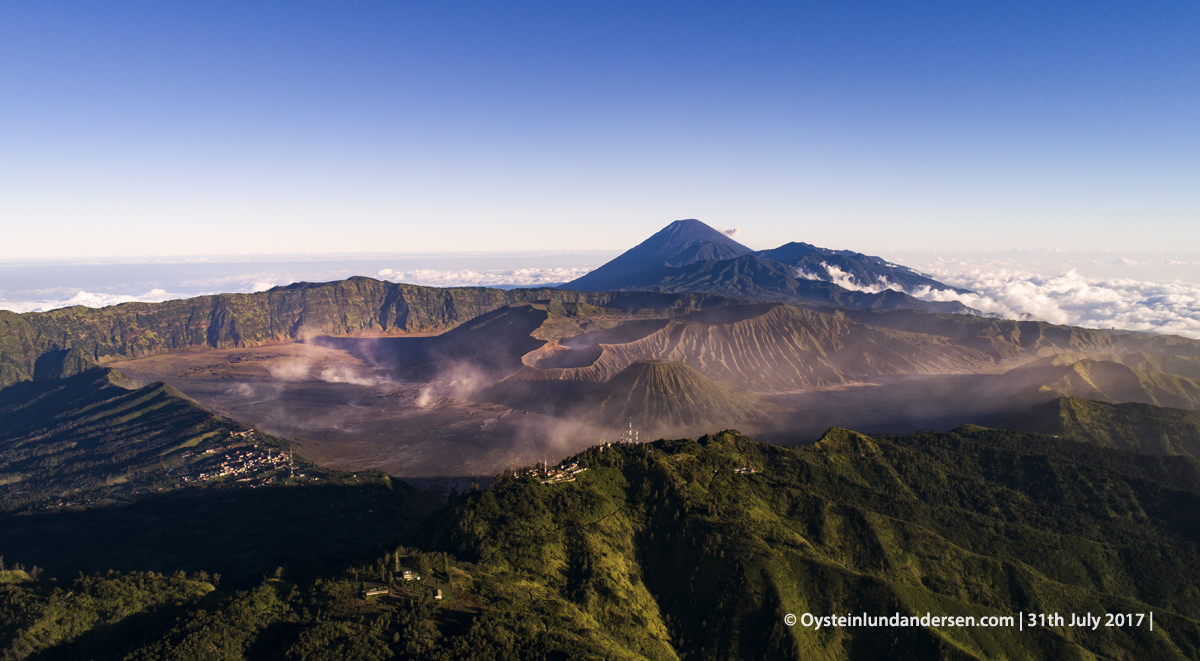
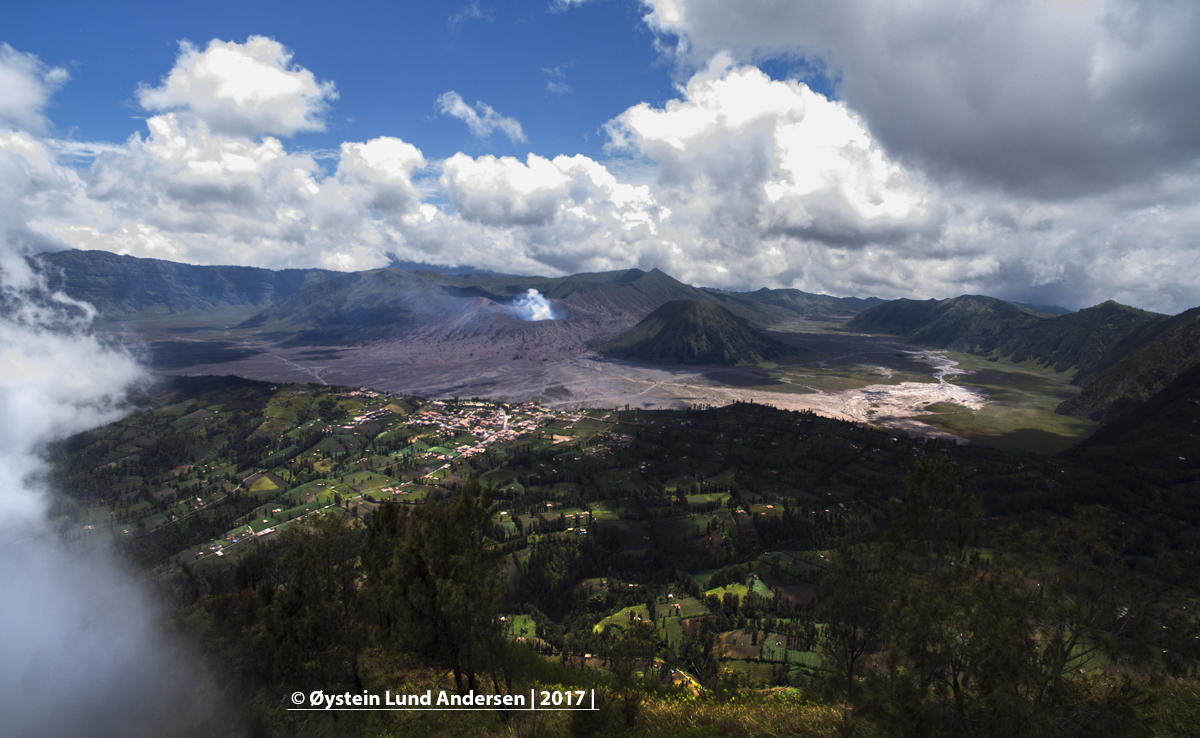
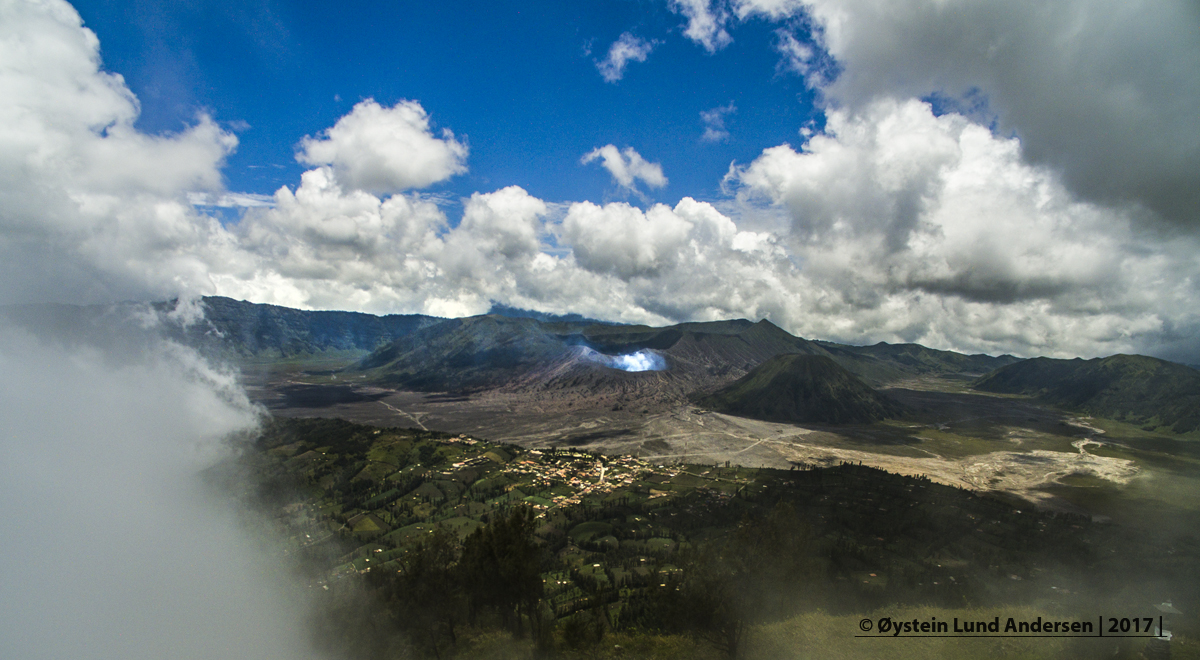
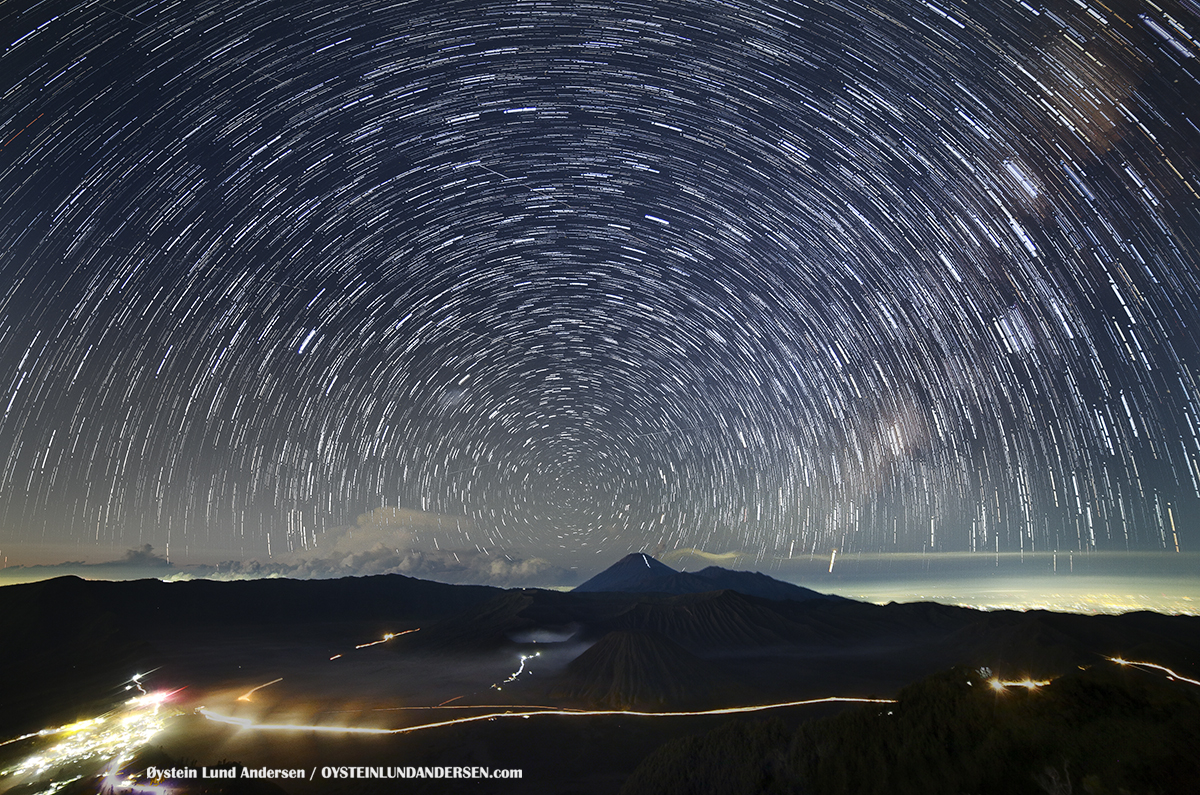
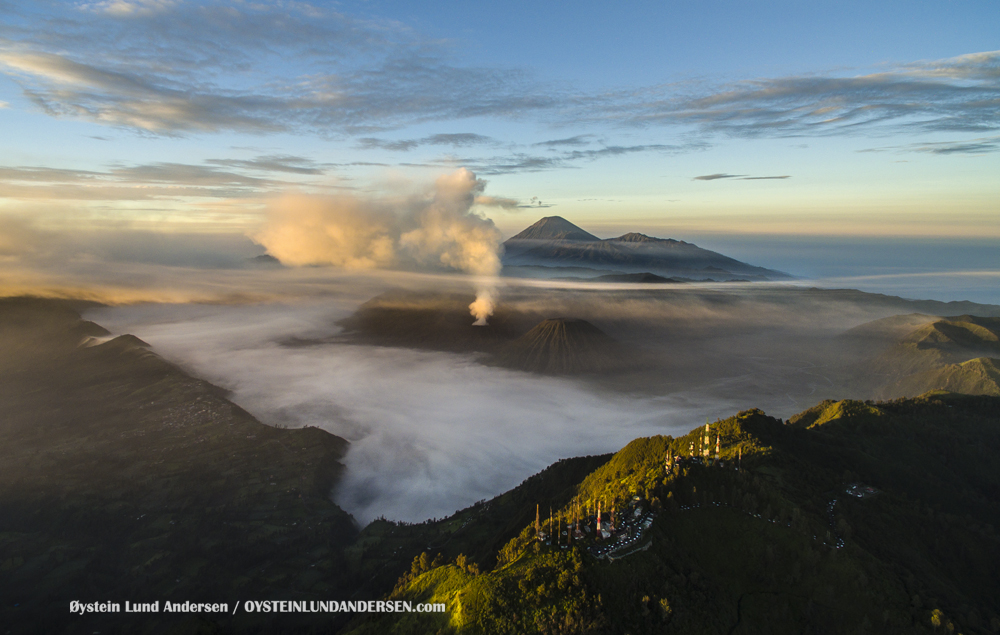


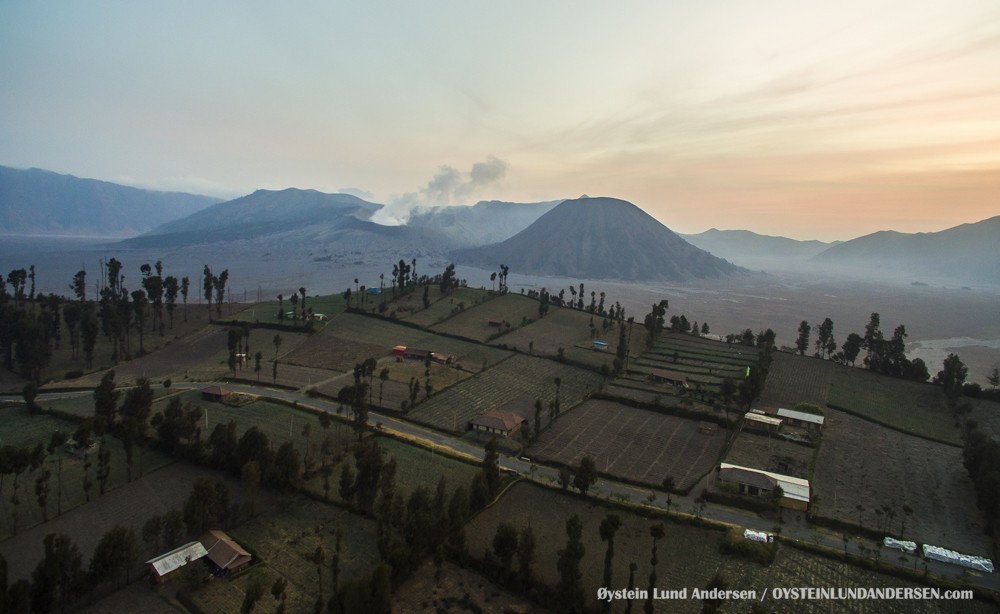
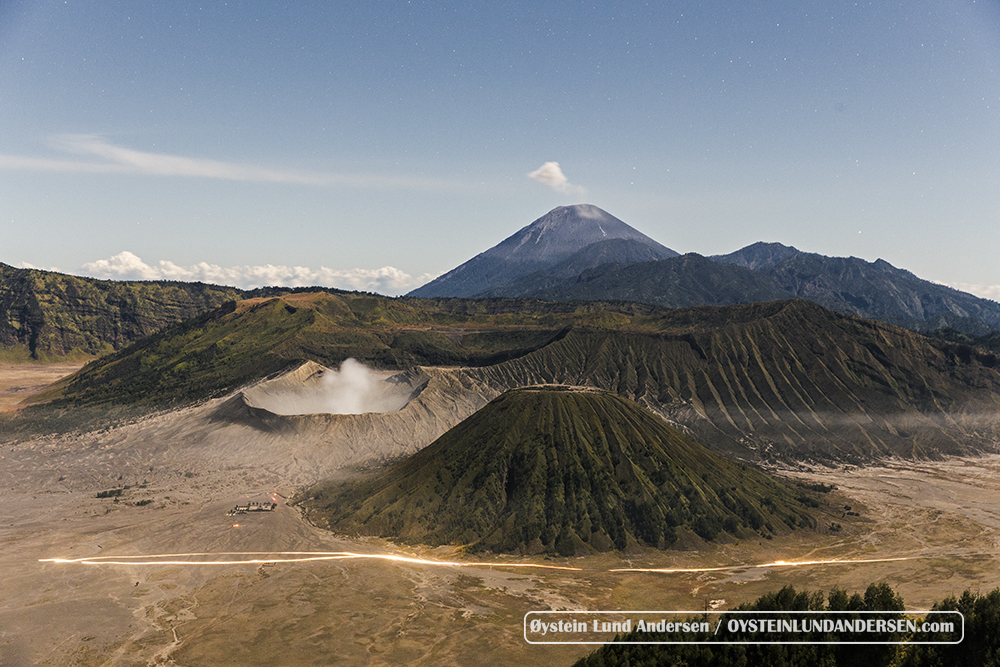
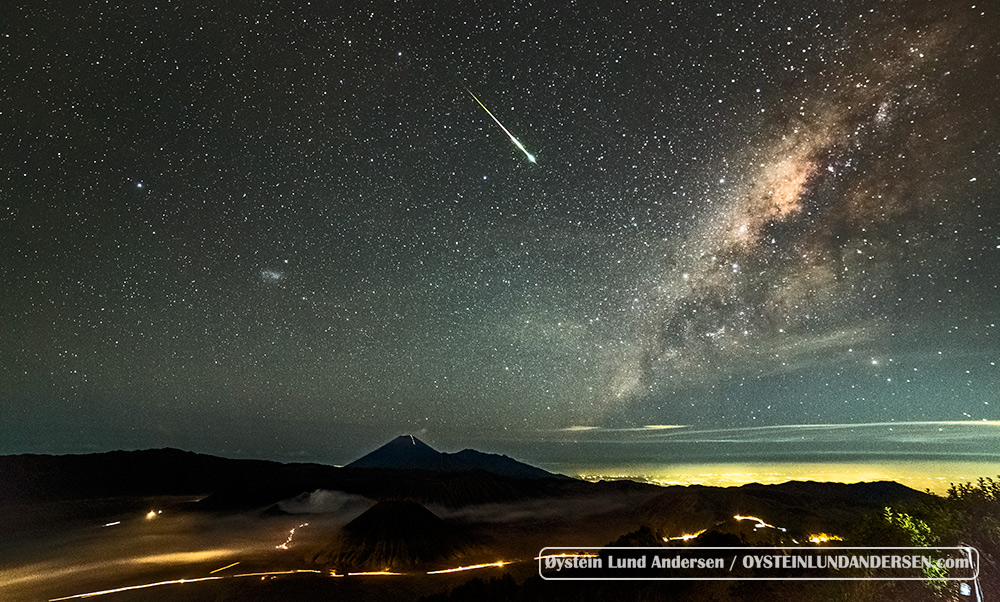
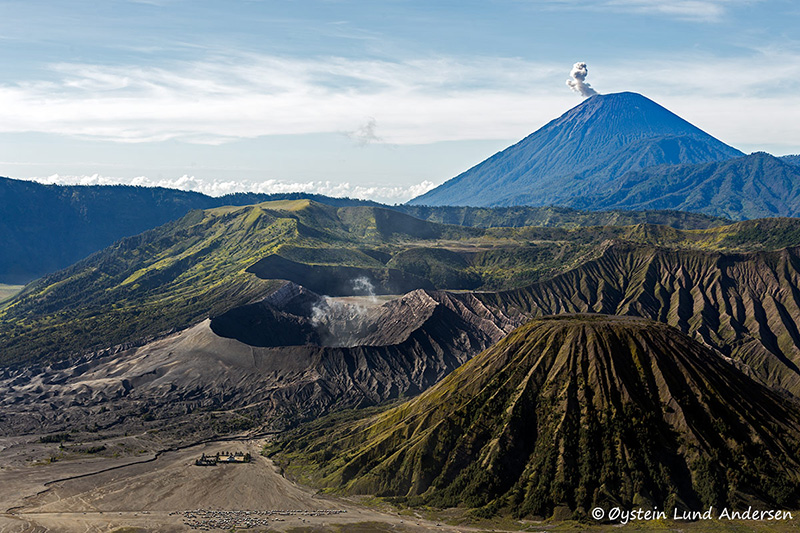
Ngadisari caldera
Ngadisari caldera at the NE end of the complex formed about 150,000 years ago and is now drained through the Sapikerep valley. It is thought to be the oldest Caldera of the Tengger massif.
